Berry Harvest Time: Best Time To Pick Berries In The Garden
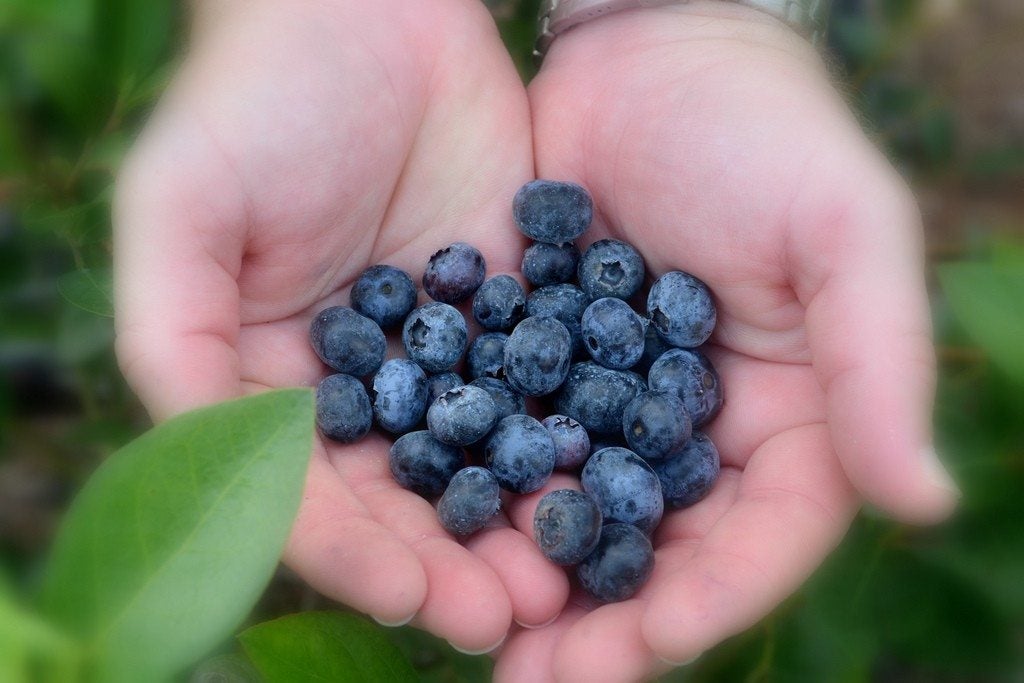
Knowing how and when to harvest berries is important. Small fruits such as berries have a very short shelf life and need to be harvested and utilized at exactly the correct time to avoid spoilage and enjoyed during the height of sweetness. Harvesting berries at just the right moment of maturation is the key to the best possible quality and flavor of these fruits.
Best Time to Pick Berries
The following criteria are helpful in deciding when to harvest common types of berries. Primarily, let the eye be your guide. Color and size are definitive indicators of the ripeness of the berry. Berry color will usually change from green to a more vibrant end of the color spectrum, anywhere from red, orange, purple, and blue (and many combinations of those hues). Color alone, however, should not be the basis for harvesting berries; there are other of one's senses you should utilize to ascertain peak quality prior to picking. Additionally important when harvesting berries is smell. The aroma of the berries begins to build as they ripen. Next, don't be shy; have a nibble. Berries should be sweet to the taste and also firm (but not hard) to the touch. Gently manipulate the berries that look ready to be picked as you decide when to harvest berries.
Berry Harvest Time
Okay, you have now ascertained that your berry patch has fully mature berries ripe for the picking. When is the best time to pick berries in the garden? The best time to pick berries in the garden is in the early morning hours before heat builds up in the fruit. They are at the peak of sweetness at this time, and it doesn't hurt that this may be the coolest time of day as well. When to harvest berries depends on the berry type too. Strawberries are usually ready to pick in June and may be harvested for three to four weeks. They are fully ripe when the entire berry is red. Elderberries mature in midsummer, as do most other types of berries. Blackberries, however, are often not ripe until late August and into September.
How to Harvest Common Types of Berries
To harvest common types of berries the general rule of thumb is that they be uniformly colored. For instance, strawberries are ripe when fully red as are raspberries. Here are some tips for harvesting common types of berries:
- Strawberries- Strawberries should be picked with the cap and stem attached and will store in the refrigerator for two to five days.
- Raspberries- Raspberries should slip easily from the plant and have a very short shelf life, about three to five days refrigerated. You should harvest raspberries every couple of days and refrigerate (or freeze) immediately.
- Elderberries- Elderberries are slightly soft, plump, and of a purplish hue. If using for jelly, harvest elderberries when half ripened. Otherwise, store ripe elderberries in the refrigerator at 35 to 40 degrees F. (1-4 C.) for three to five days.
- Currants- The best times to pick ripe currant berries is when they are soft and have attained the full color of the variety, most being red, but a few varieties are white. Again, if using currants for jellies or jams, pick when still firm and not fully ripened. Harvest by picking the fruit clusters and then removing individual berries. Currants can be stored for quite some time in a refrigerator, about two weeks.
- Blueberries- Blueberries should not be picked until fully ripened and good indicators of this are uniform color, flavor, and ease of removal from the plant. Do not rely on the color alone as blueberries are often blue well before ripe. Again, store them in the refrigerator at 32 to 35 degrees F. (0-1 C.).
- Gooseberries- Gooseberries are usually plucked when full size, but not totally ripened. They will appear green and hard and taste quite tart. Some folks, however, allow the fruit to ripen to a pinkish hue and allow the sugars to build in the fruit. Gooseberries will last in the refrigerator for two weeks or so.
- Blackberries- The number one reason for sour blackberries is harvesting too early. If you pick them at a black glossy stage, that's too early. Allow the berries to dull some in color prior to picking. After you see ripened blackberries, you want to pick them every three to six days.
Berry harvest time allows for a plethora of tasty menu options, whether eating fresh off the stem, canning, or freezing for pies and smoothies during cold winter months. Get out there and enjoy the “pickin" but remember the fragility of the fruit and handle and store appropriately. Then when you are eating currant preserves on toast in January, you will think fondly of sunny days and blue skies.
Gardening tips, videos, info and more delivered right to your inbox!
Sign up for the Gardening Know How newsletter today and receive a free copy of our e-book "How to Grow Delicious Tomatoes".

Amy Grant has been gardening for 30 years and writing for 15. A professional chef and caterer, Amy's area of expertise is culinary gardening.
-
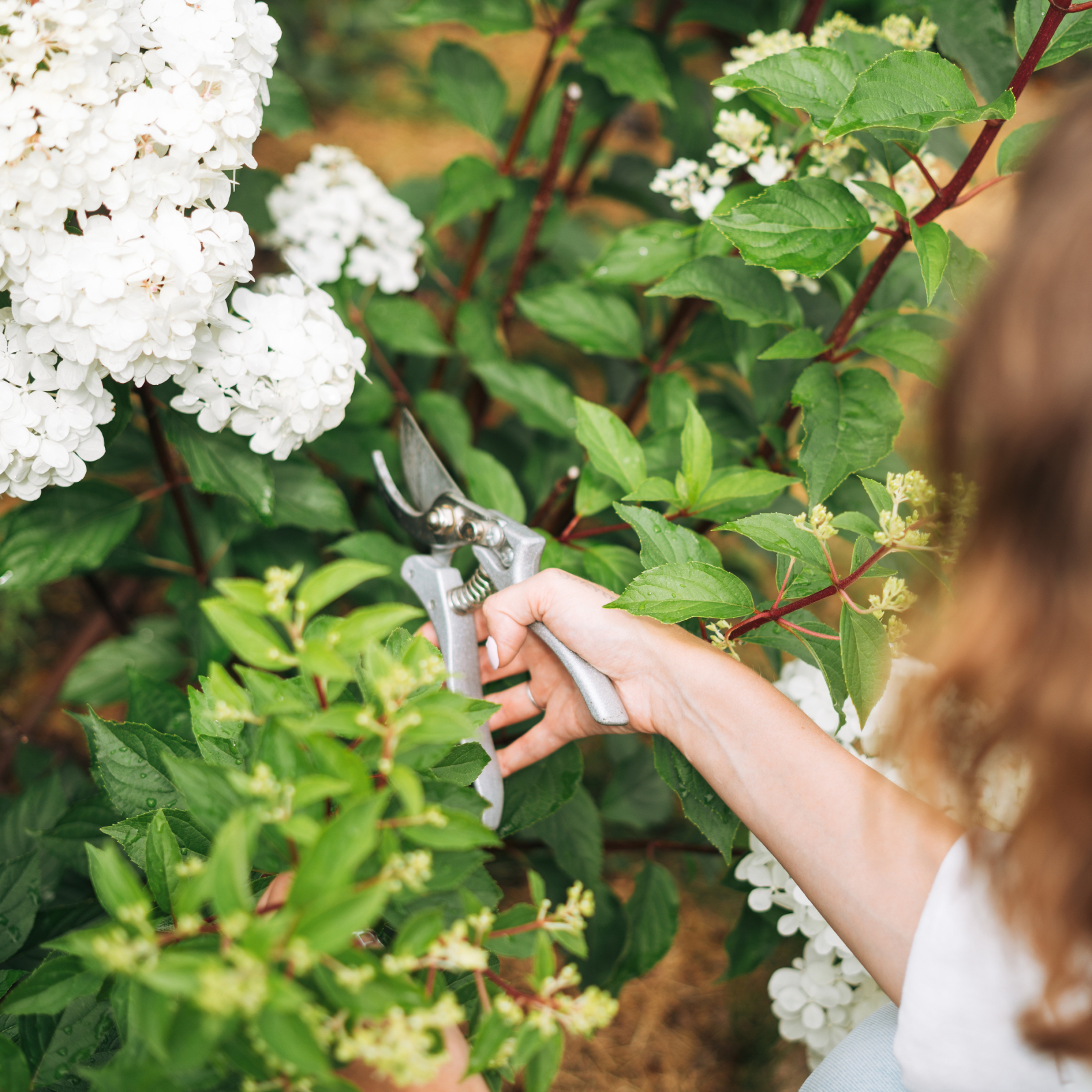 Pruning Limelight Hydrangea Bushes For Bigger Blooms & Stronger Plants
Pruning Limelight Hydrangea Bushes For Bigger Blooms & Stronger PlantsPruning 'Limelight' hydrangea will benefit the shrub. Flowers will be more bountiful the next year and branches will be stronger. Learn how and when to prune.
-
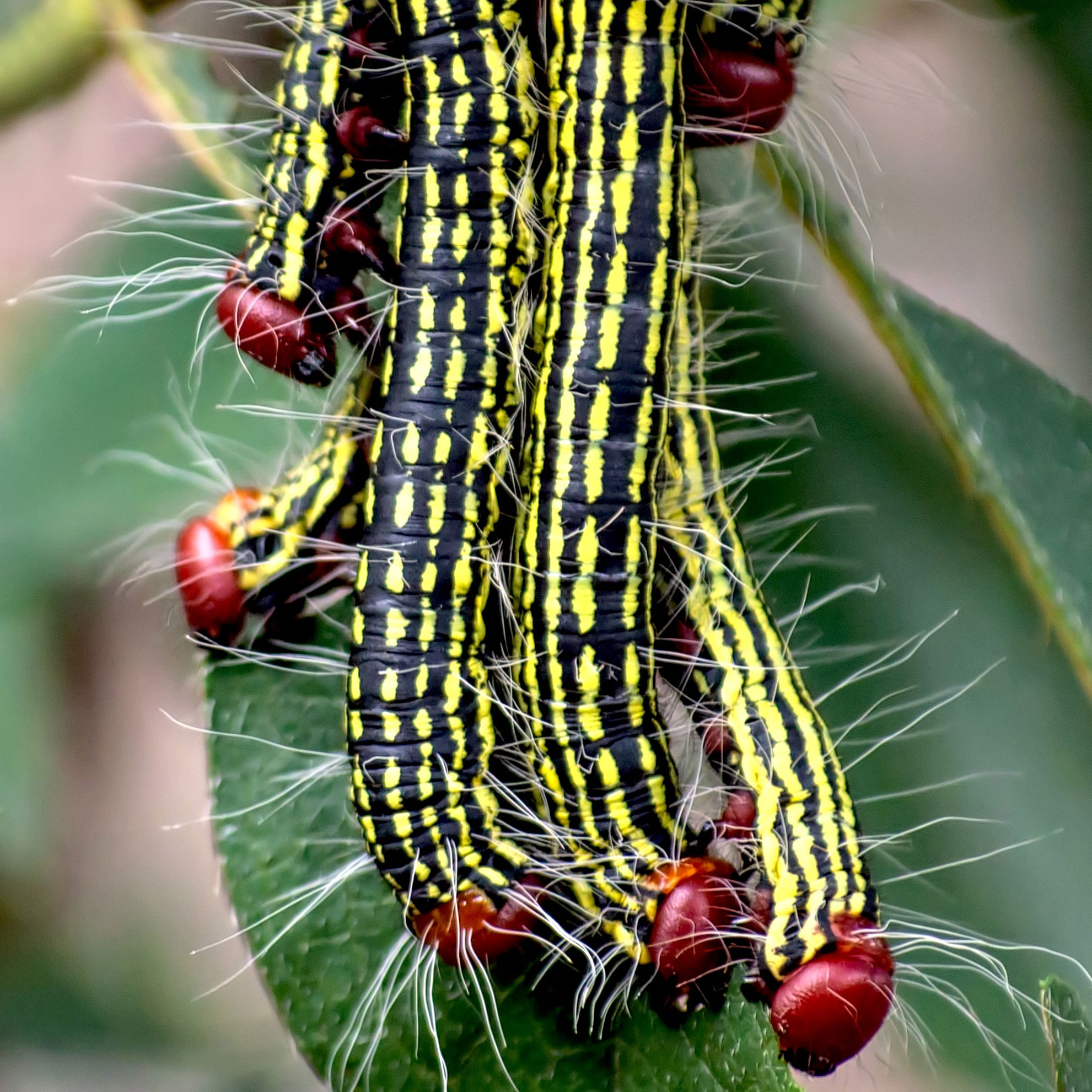 What’s Wrong With Your Azaleas? Identify, Tackle And Prevent 6 Common Azalea Pests
What’s Wrong With Your Azaleas? Identify, Tackle And Prevent 6 Common Azalea PestsIf you’ve spotted signs of azalea leaf damage, don’t panic – here’s how to identify the most common azalea pests so you can take action swiftly and keep plants healthy
-
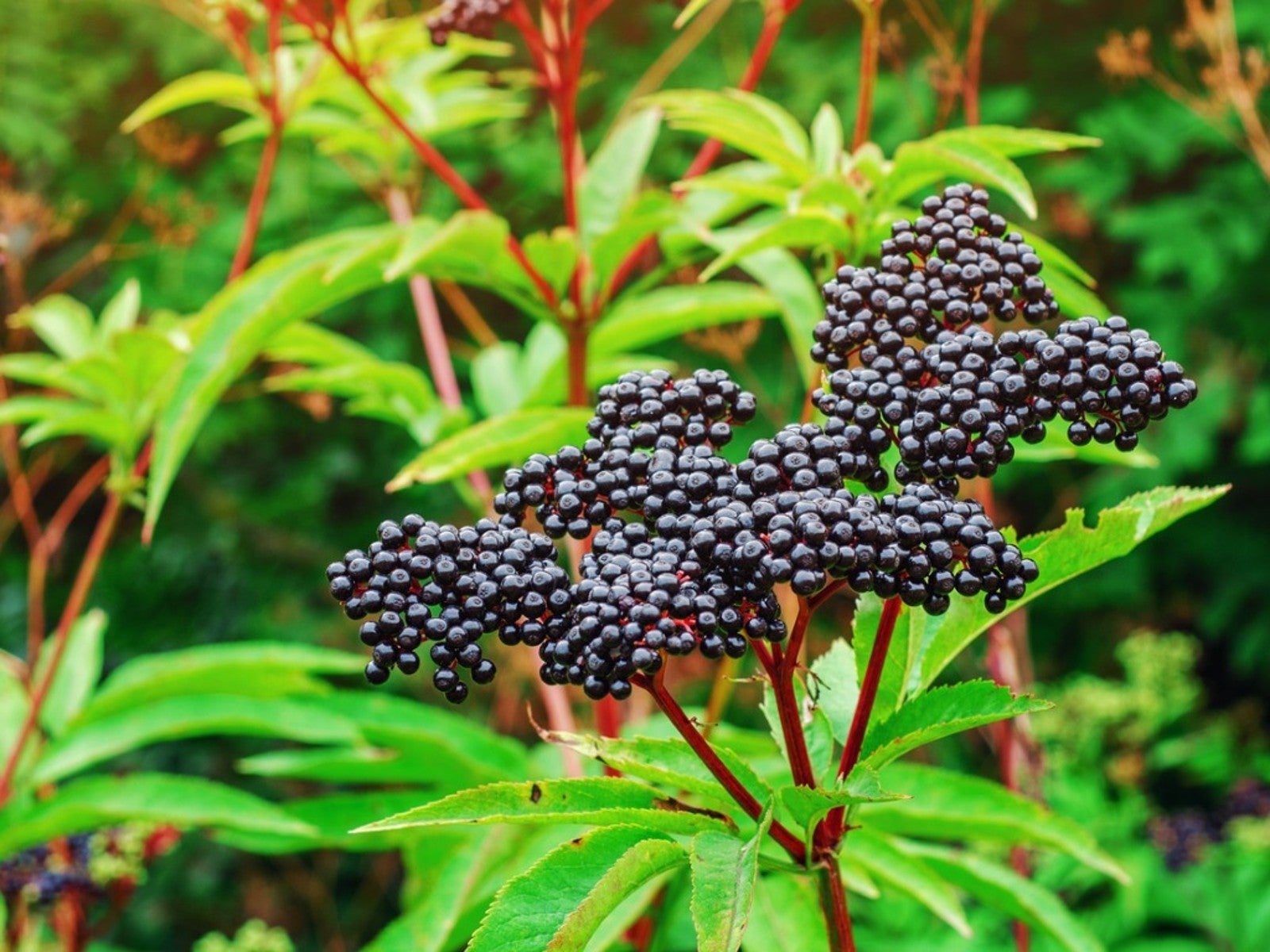 Edible Berry Bushes And Trees With Black Fruit
Edible Berry Bushes And Trees With Black FruitWhich trees and shrubs bear black fruit? The most common types of black fruit are berries. Click to read more about growing black berries.
-
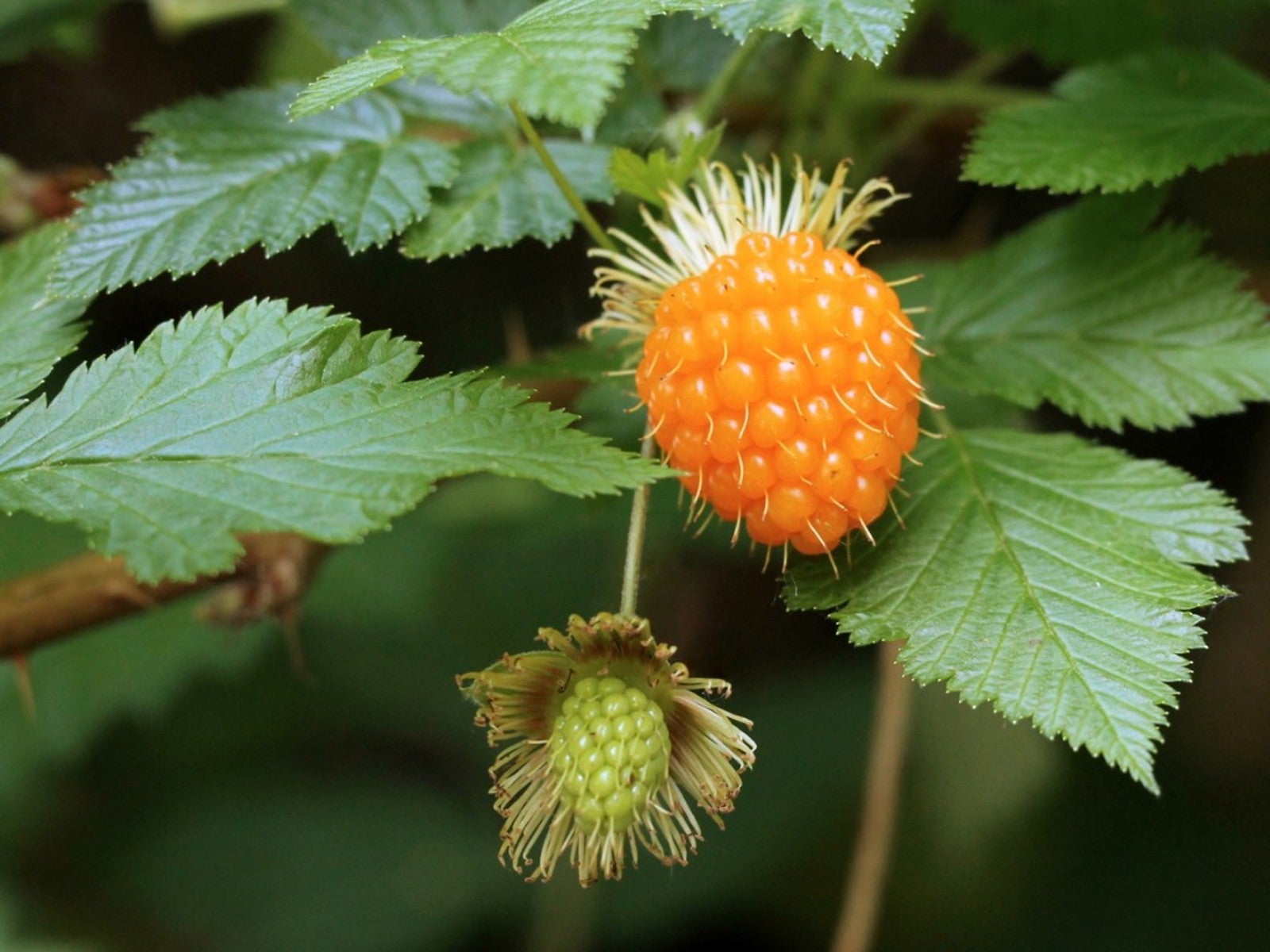 What Is A Salmonberry – Salmonberry Plant Care Guide
What Is A Salmonberry – Salmonberry Plant Care GuideEver heard of growing salmonberry plants in the garden? Salmonberry? What in the world is that you ask? Read on to learn more.
-
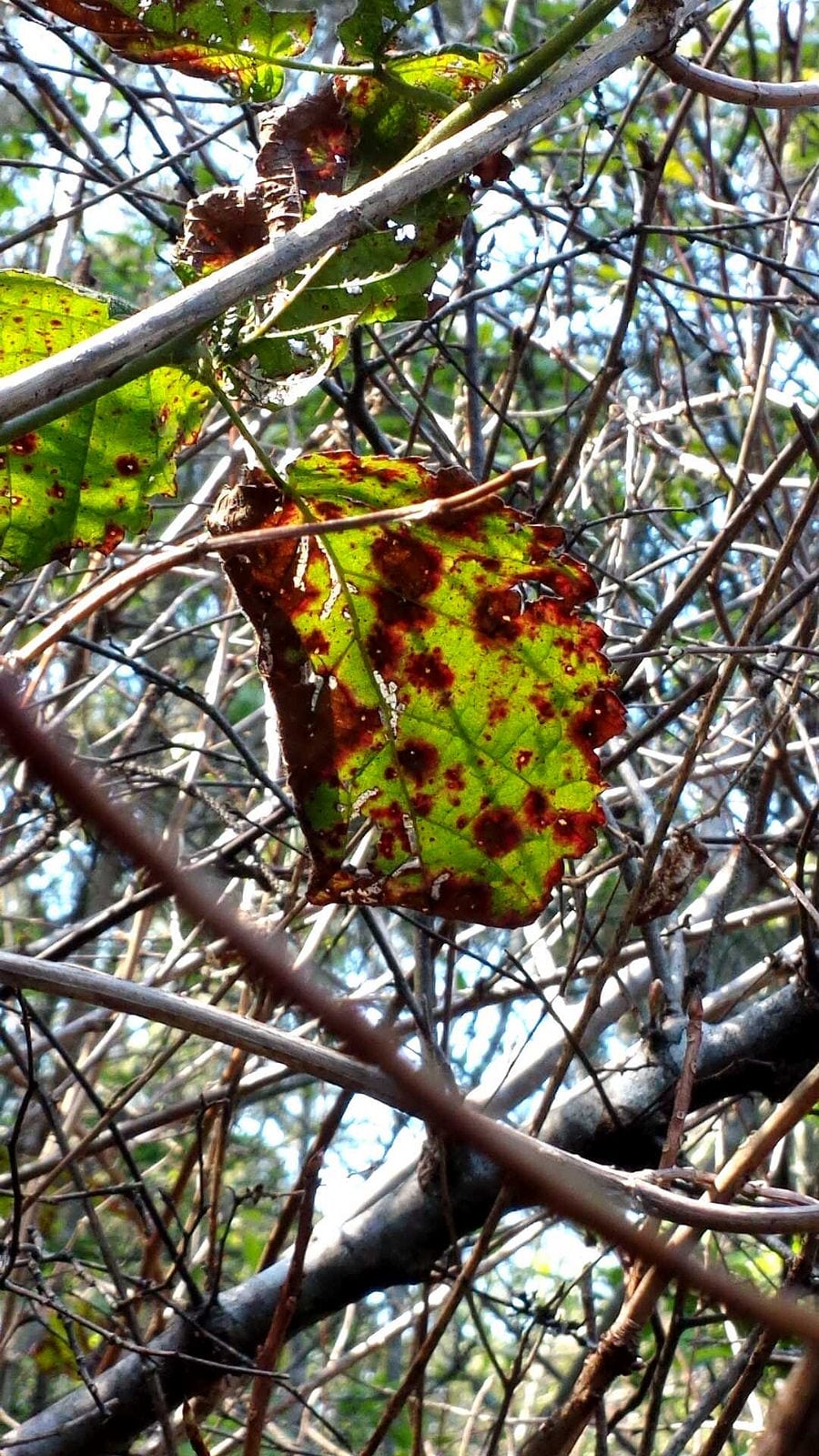 Septoria Diseased Plants – Signs Of Cane And Leaf Spot Disease
Septoria Diseased Plants – Signs Of Cane And Leaf Spot DiseaseIf you?ve noticed spots on your caneberry stems or foliage, they?ve likely been affected by septoria. While this doesn?t necessarily spell disaster for your plants, it?s certainly not something you want to have. Click this article for tips on managing the disease in your garden.
-
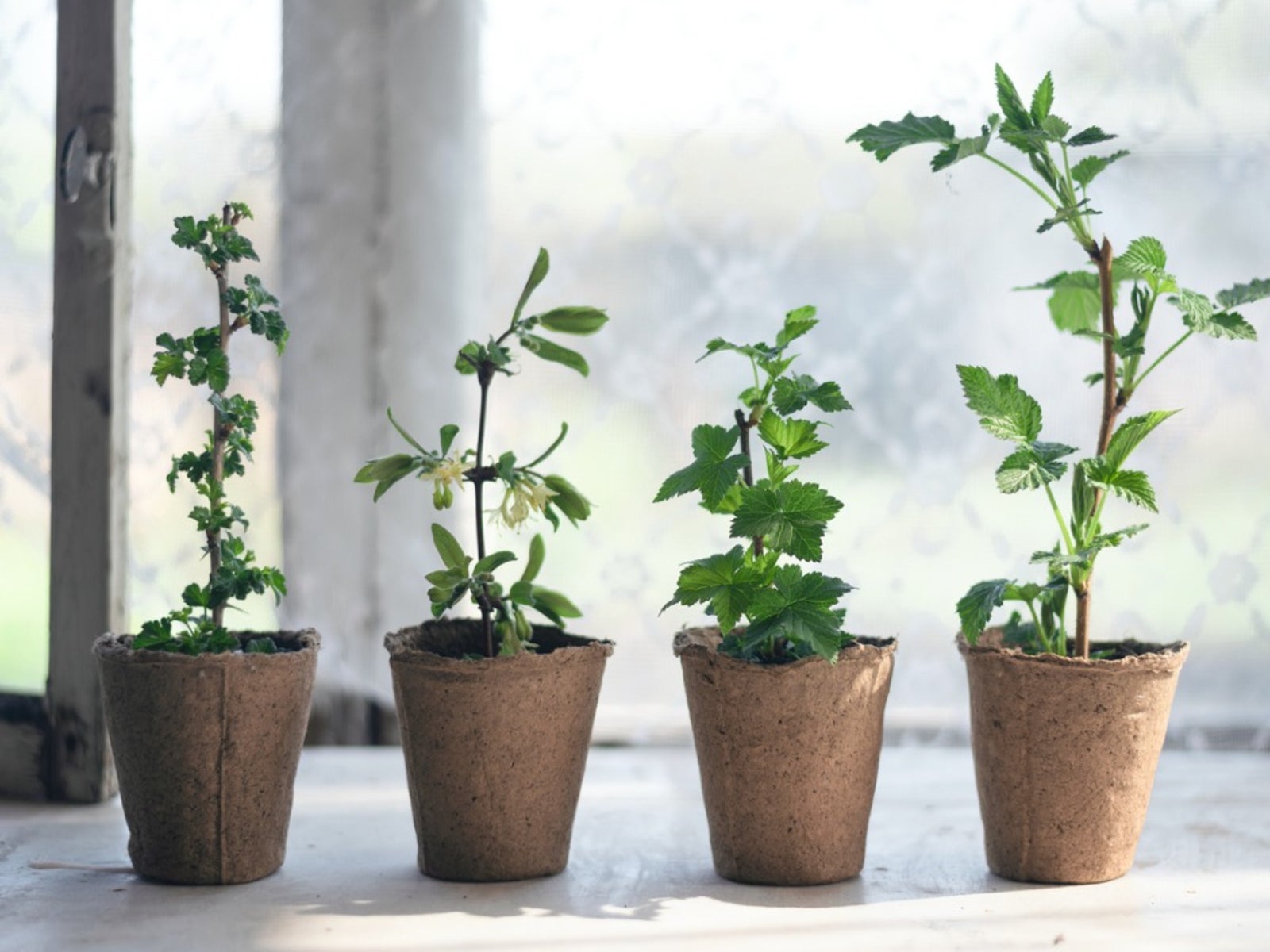 Berry Container Gardening Tips: Growing Unusual Berries In Pots
Berry Container Gardening Tips: Growing Unusual Berries In PotsUnusual berry plants add interest and exoticism to a backyard berry patch. When space is limited, berries are perfect container plants. Here are some tips to get you started with non-traditional container berries.
-
 Berry Containers - Berries Growing In A Container
Berry Containers - Berries Growing In A ContainerGrowing berries in containers can be a great alternative for those with little space. The key to success is adequate drainage and pot size. This article will provide information on what you need to be successful.